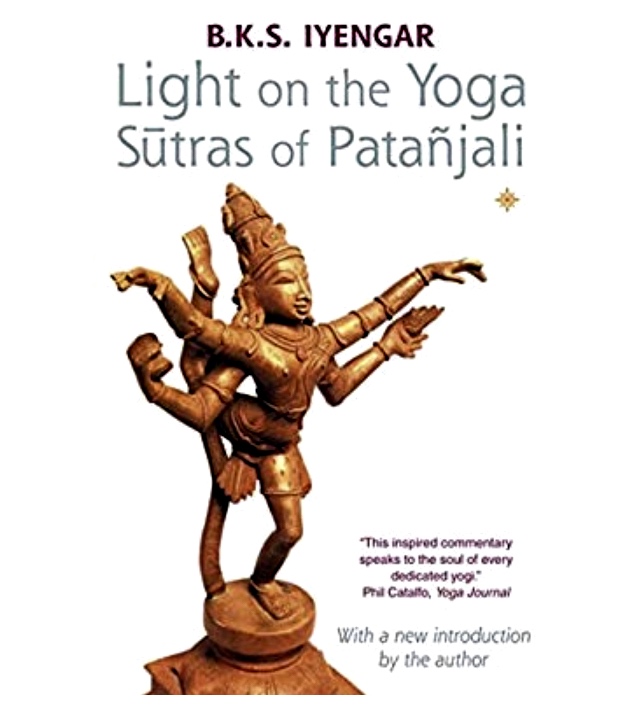Our Entanglement with Thought, Word, and Deed
Yoga Connections
Patañjali may provide insight into the epic polarizations we’ve witnessed this year through his Sutras 3:35, 3:36 and 3:37. In the Vibhuti Pada in Light On The Yoga Sutras Of Patañjali, BKS Iyengar translates these three Sutras. According to this translation Patañjali describes our tendencies of “entanglement” with what we surround ourself with. He differentiates the seer from pure illuminated intellect. He advises that the sadhaka (student) must disentangle the mutable and illusive interpretation of worldly experience through saṁyama (Dhāraṇā, Dhyāna & Samādhi [Concentration, Meditation, & Emancipation].
Sutra 3:35 hrḍaye citta-saṁvit
By saṁyama on the region of the heart, the yogi acquires a thorough knowledge of the contents and tendencies of consciousness.
Sutra 3:36 sattva-puruṣāyoḥ atyantā-saṁkīrṇayoḥ pratyayāviśeṣo-bhogaḥ para-arthat-vāt-sva-arthasaṁyamāt puruṣa-jñānam
By saṁyama, the yogi easily differentiates between the intelligence and the soul which is real and true.
Sutra 3:37 tataḥ prātibha-srāvāṇa-vedana-ādarśa-āsvāda-vārtā jāyante
Through that spiritual perception, the yogi acquires the divine faculties of hearing, touch, vision, taste and smell. He can even generate these divine emanations by his own will.
It seems important to understand that in drawing conclusions about our thoughts, words, and deeds or those of others, that for example: my hyper-sensitivity isn’t a sign of a refined nervous system nor is someone else’s ahamkara or pride an indication of a supreme soul. The sadhaka, (and all yoga practitioners are students no matter how advanced) must go through a process of isolating the senses, mind and ego to discover and release the light of the unalterable, immutable pure intelligence.
Namaste
Source: Iyengar, B. K., & Patañjali. (2005). Light on the Yoga Sūtras of Patañjali. New Delhi: HarperCollins.
©2024 yogaconnections.org
